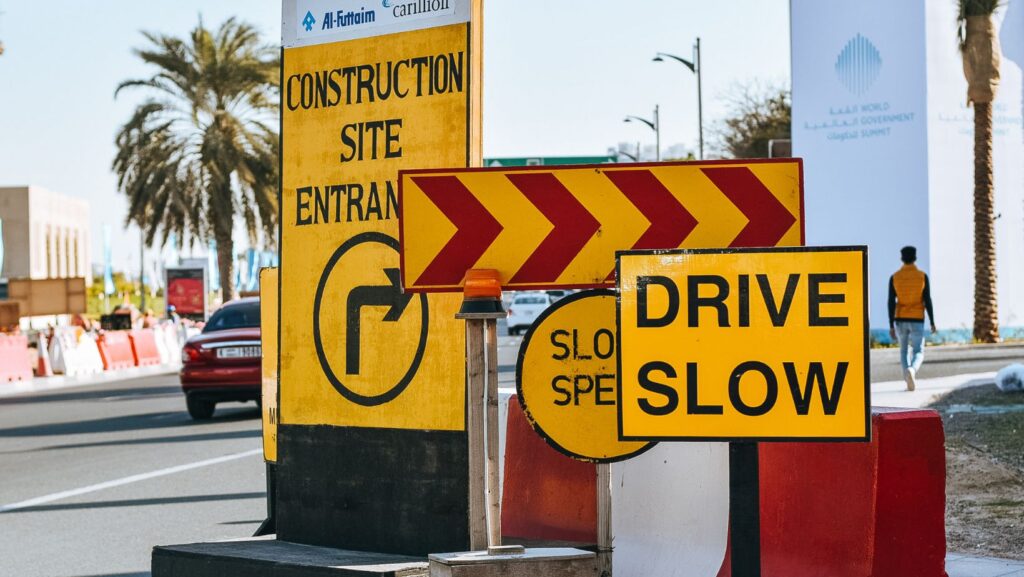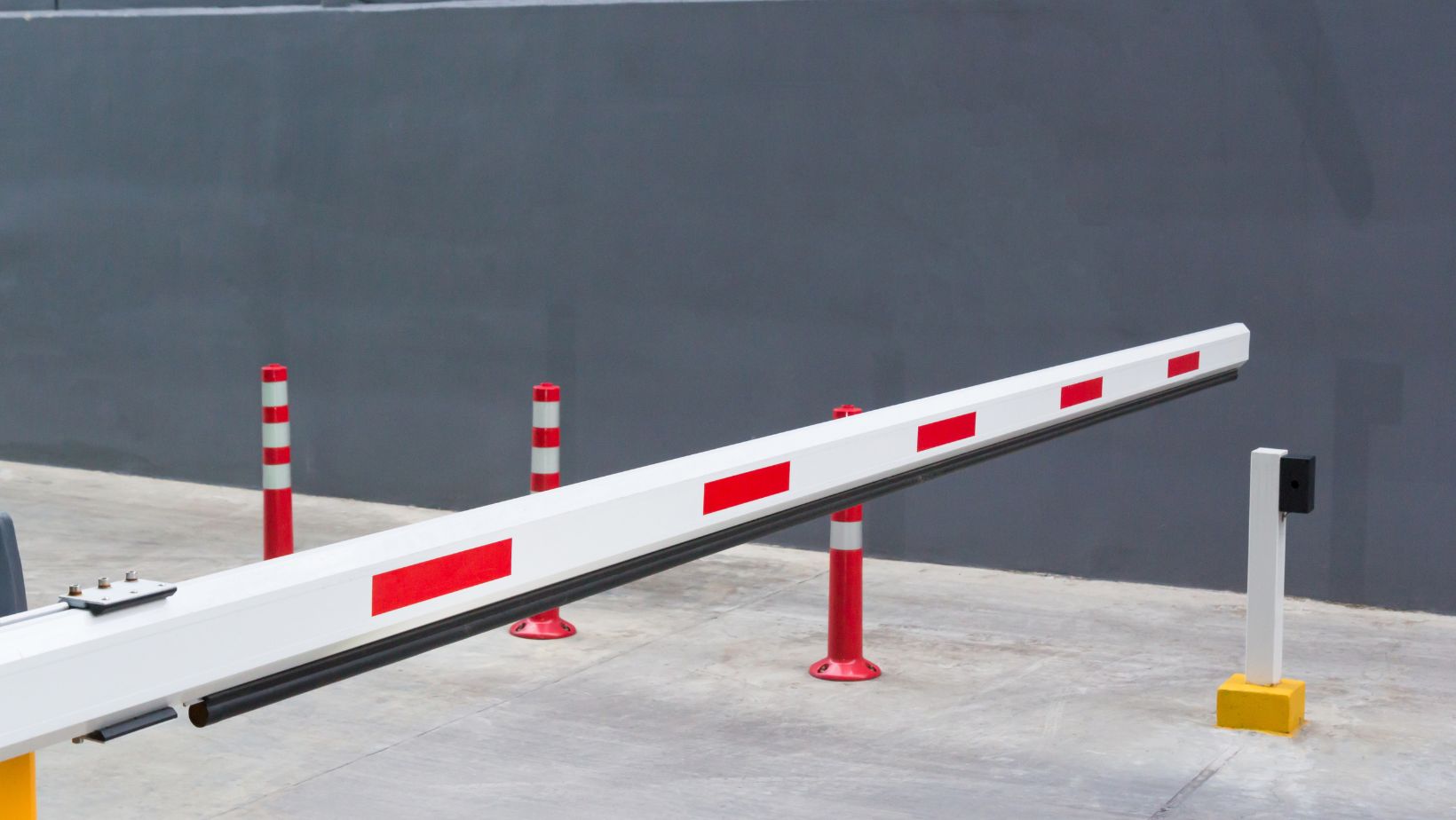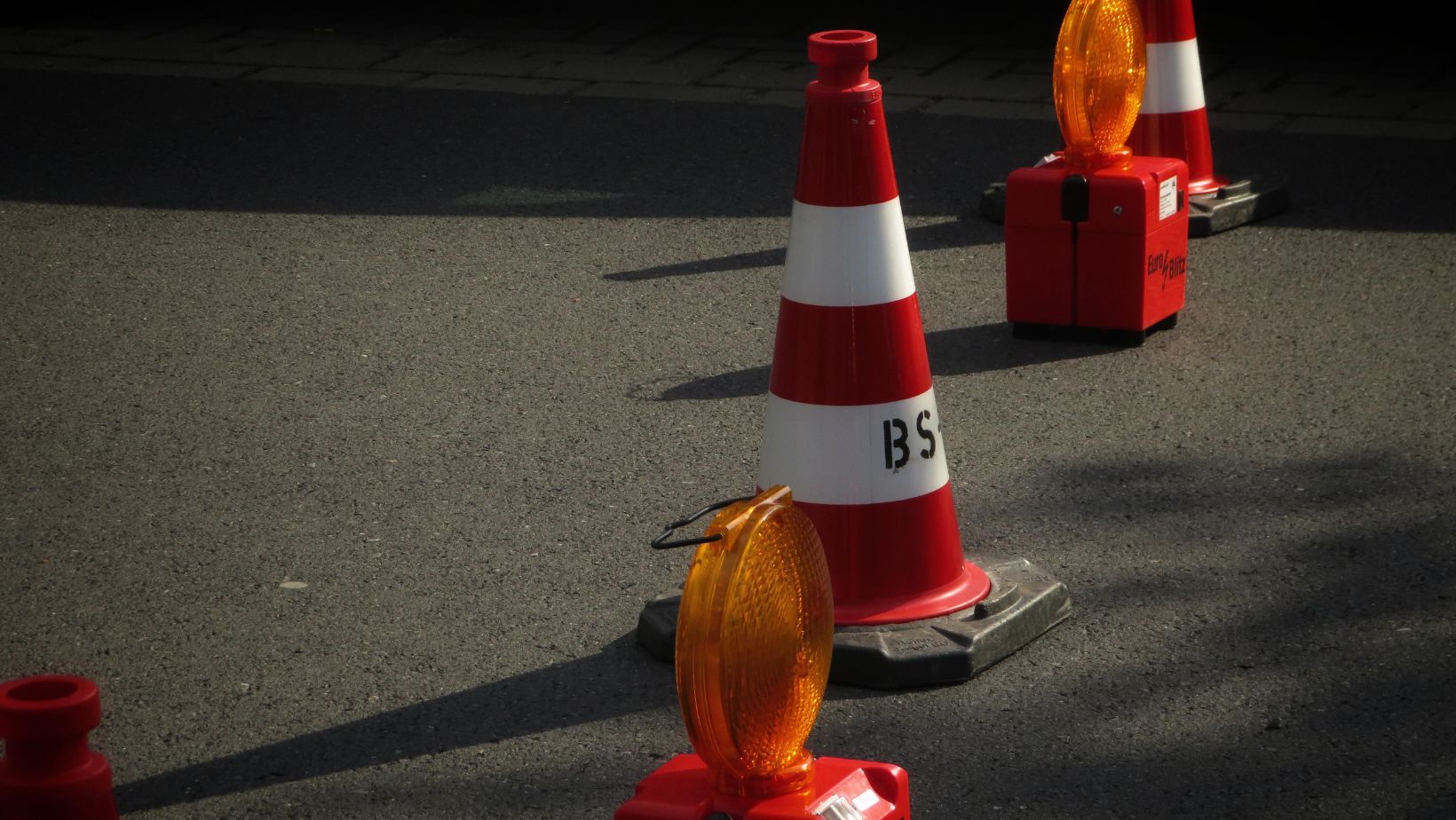Top-Rated Barriers That Meet 2025 Safety Standards: 6 Leading Options for Improved Protection

Meeting current safety standards is important for anyone looking to protect people, property, or roadways from vehicles. With updated requirements for 2025, many are looking for which options actually make the cut.
Understanding which products truly qualify as the Ideal barriers for safety and traffic control can help people choose what works for their site needs. Solutions like long, sturdy Jersey barriers are being recommended for highways and public spaces, helping to guide traffic and lower risks where it matters most.
TYMETAL Crash-Rated Perimeter Barriers
TYMETAL offers crash-rated barriers that help protect secure areas such as government buildings and transport hubs. These barriers are tested independently to meet safety standards for 2025. Each one has a rating that shows its stopping power.
The barriers come in different types, such as slide gates, swing gates, vertical lift units, and cantilever slide models. This allows customers to choose the right solution for their site.

Recent trends include automated and active barriers that provide fast responses to threats. TYMETAL updates product offerings to match new security needs and standards. Their barriers aim to stop unauthorized vehicles and increase perimeter safety.
A-SAFE Industrial Safety Guardrails
A-SAFE industrial guardrails are built to help protect equipment and people in busy settings. These barriers are made from a flexible polymer. This design lets them absorb impact and reduce damage during collisions.
The guardrails go through detailed dynamic testing. This testing mimics real workplace situations and helps set clear performance ratings. They meet recognized standards for 2025, which supports facility safety goals.
Longevity is a focus. The material allows the barriers to last longer than many traditional steel versions. They do not rust and require little upkeep, making them a practical choice for industrial sites.
A-SAFE guardrails can adapt to different areas and needs. Their strong and flexible qualities are used in warehouses, factories, and other places where safety barriers are needed.
Delta Scientific K12 Vehicle Barriers
Delta Scientific K12 vehicle barriers are designed to meet high security needs. These barriers can stop a truck going 50 miles per hour, which meets strict K12 crash standards.
The barriers are available in different types, such as fixed and removable options. Some models can be installed with shallow foundations, needing as little as 14 inches of excavation.
Their K12 rating means they help protect areas from fast-moving vehicles. Many people use them to control entry points or protect building entrances.
Delta Scientific has made its barriers to meet current safety standards. This makes them a strong choice for locations that need extra protection from vehicle threats.
ASTM F2656 Certified Crash-Rated Bollards
ASTM F2656-certified crash-rated bollards are designed to stop vehicles and protect people or buildings. They work by absorbing or blocking vehicle impacts at different speeds.
This standard includes specific crash tests that show how much force the bollard can handle. The tests help measure penetration ratings and levels of damage after an impact. Different ratings, like M30 or M50, are given based on these crash results.

With updated ratings in 2025, ASTM F2656-certified bollards meet the latest safety requirements. Their performance is evaluated through strict crash testing procedures.
These barriers provide a tested method for reducing risk from vehicle threats. The presence of these bollards offers peace of mind by helping to prevent unauthorized vehicle access.
BSI PAS 13 Tested Workplace Safety Barriers
BSI PAS 13 sets out guidance for safety barriers used in workplace traffic management. Barriers that meet this code go through specific testing to confirm their impact resilience.
Using barriers that have been tested to this standard helps protect people and equipment in busy workspaces. PAS 13 also describes best practices for where and how to install these barriers so they are most effective.
Workplaces that use PAS 13 tested barriers help create a safer environment for employees and visitors. This approach also helps reduce accidents caused by moving vehicles or equipment near pedestrian areas.
PAS 13 is recognized internationally, which means tested barriers match the safety standards required in many countries. This makes it easier for businesses to meet current health and safety expectations.
Crash-Rated Wedge Barriers for High Security
Crash-rated wedge barriers help protect places that need a high level of safety. They work by stopping vehicles from getting through when they are not allowed. These barriers sit flat in the ground and quickly rise when needed.
Wedge barriers have been tested for impact to meet accepted standards. Some options are crash tested and certified with strong safety ratings like ASTM M30, M40, and M50. This means they can stop vehicles of different sizes and speeds.
Many wedge barriers are used at government buildings, airports, and other secure sites. Their strong build helps guard against forced entry with vehicles. The height and width of each barrier can be chosen to fit specific locations.
These barriers are often chosen because they are quick to deploy and can block a lane or entrance in seconds. Some models can reach up to 39 inches high and stretch as wide as 240 inches.
Conclusion
Modern barriers that meet 2025 safety standards use improved materials and smart designs. These products are tested to handle strong impacts and keep people safe.
Key features include:
- Crash ratings that show how well the barrier stands up to collisions
- Design flexibility to fit various locations and needs
- Strong performance in both public and private settings
Investing in top-rated barriers can help limit damage and protect lives. As safety rules change, so do the methods and technology used in creating these barriers.

 Kdraydink: Unraveling the Fascinating Evolution and Cultural Impact
Kdraydink: Unraveling the Fascinating Evolution and Cultural Impact  Cute00kiara: The Rise of a Digital Star
Cute00kiara: The Rise of a Digital Star  Tayfay1234: The Future of Online Identity
Tayfay1234: The Future of Online Identity